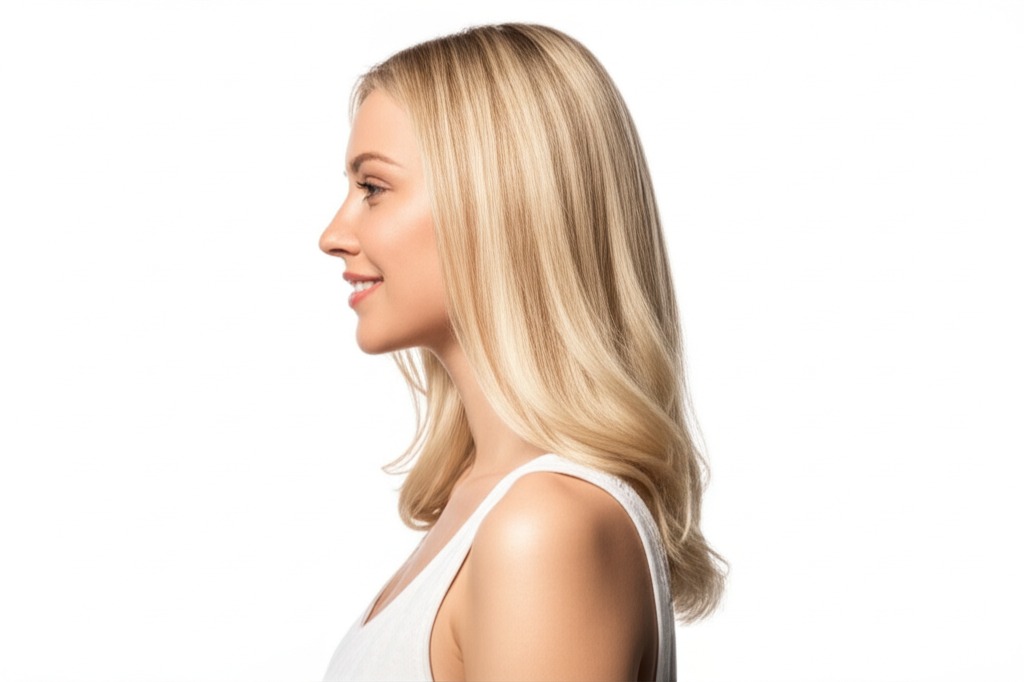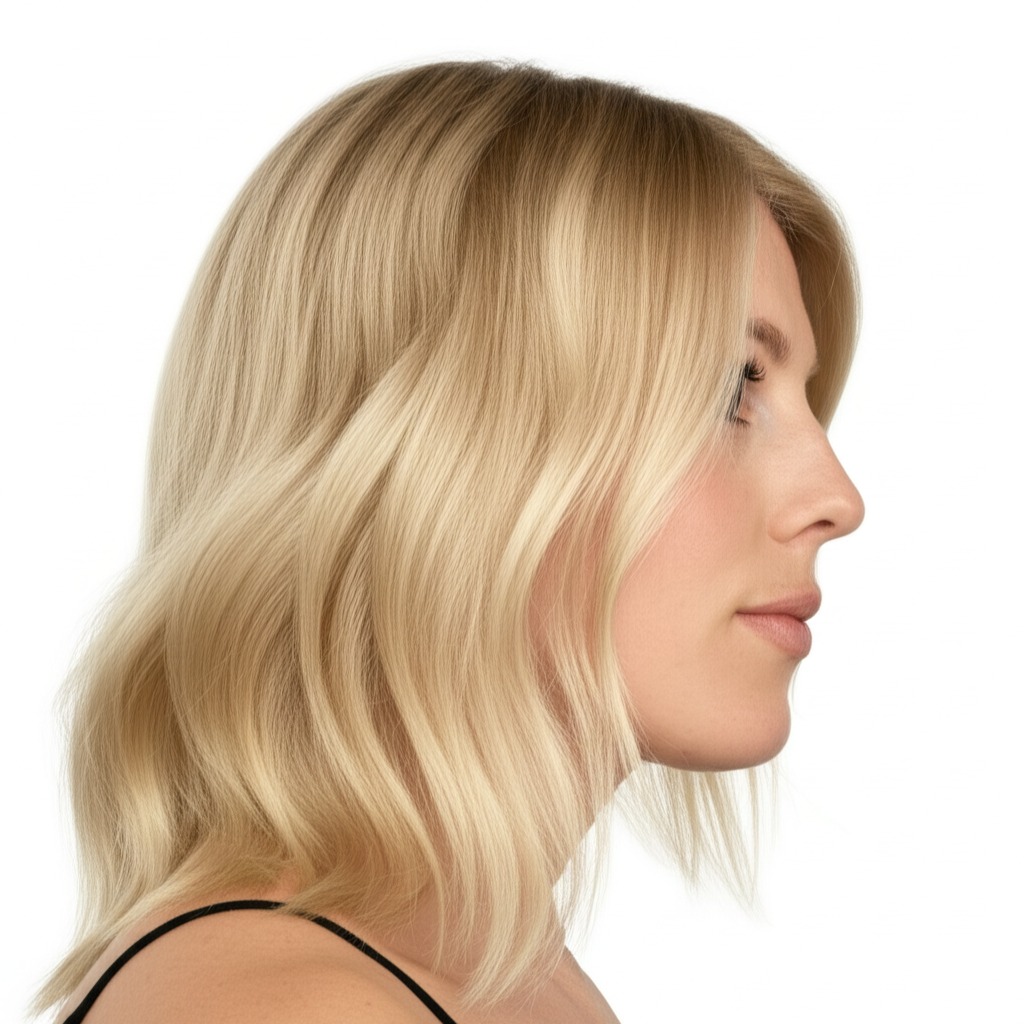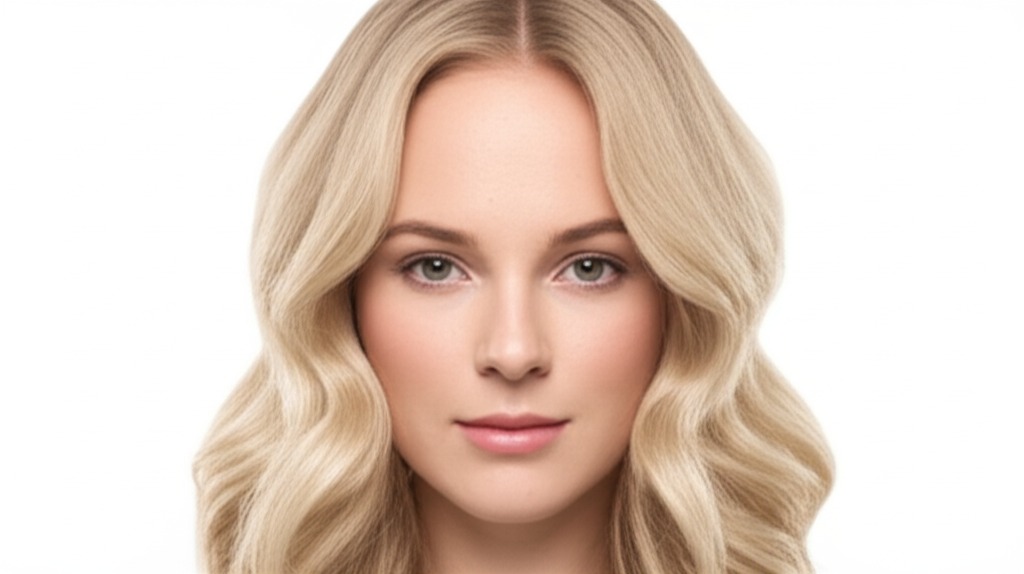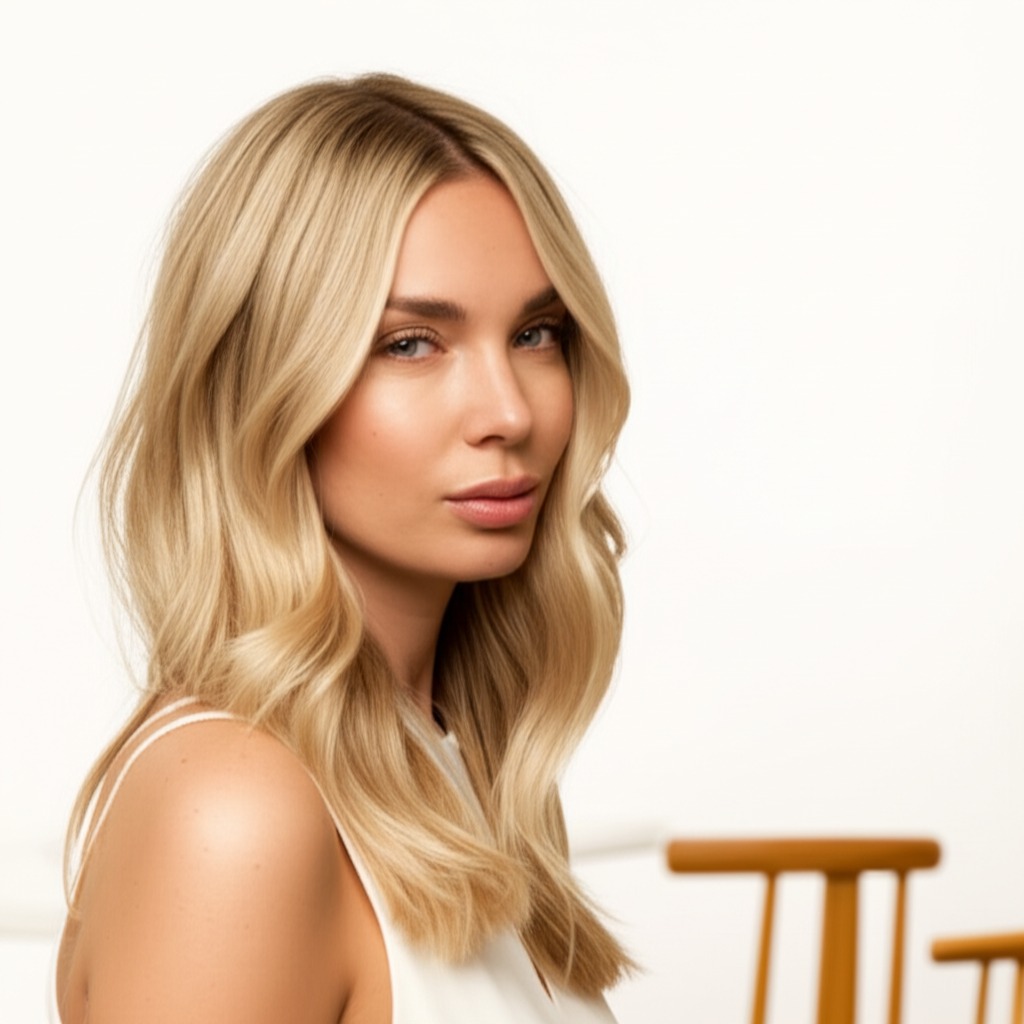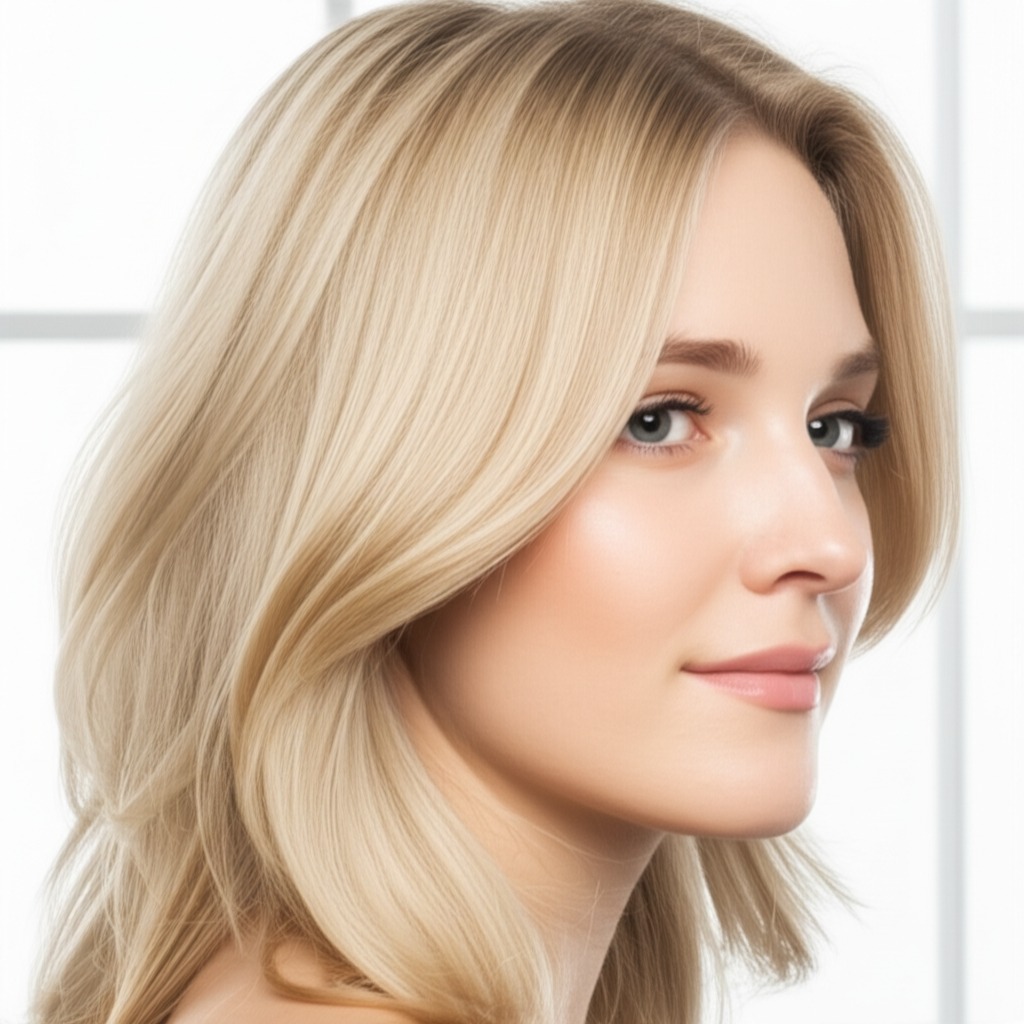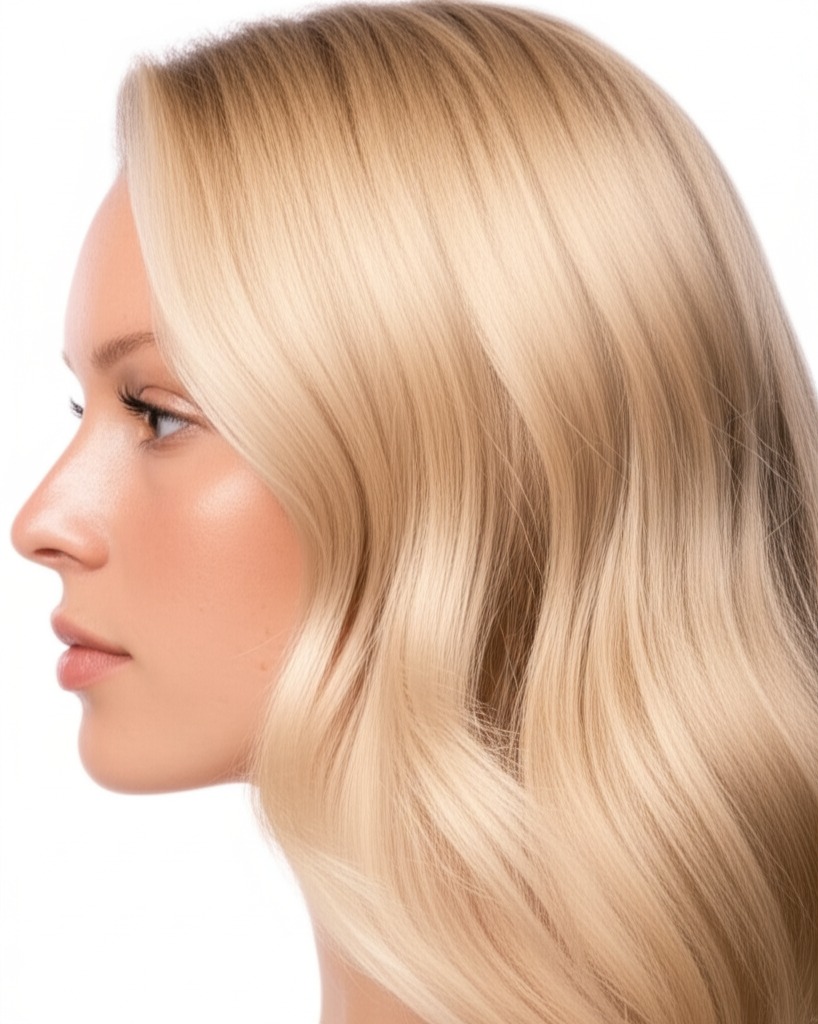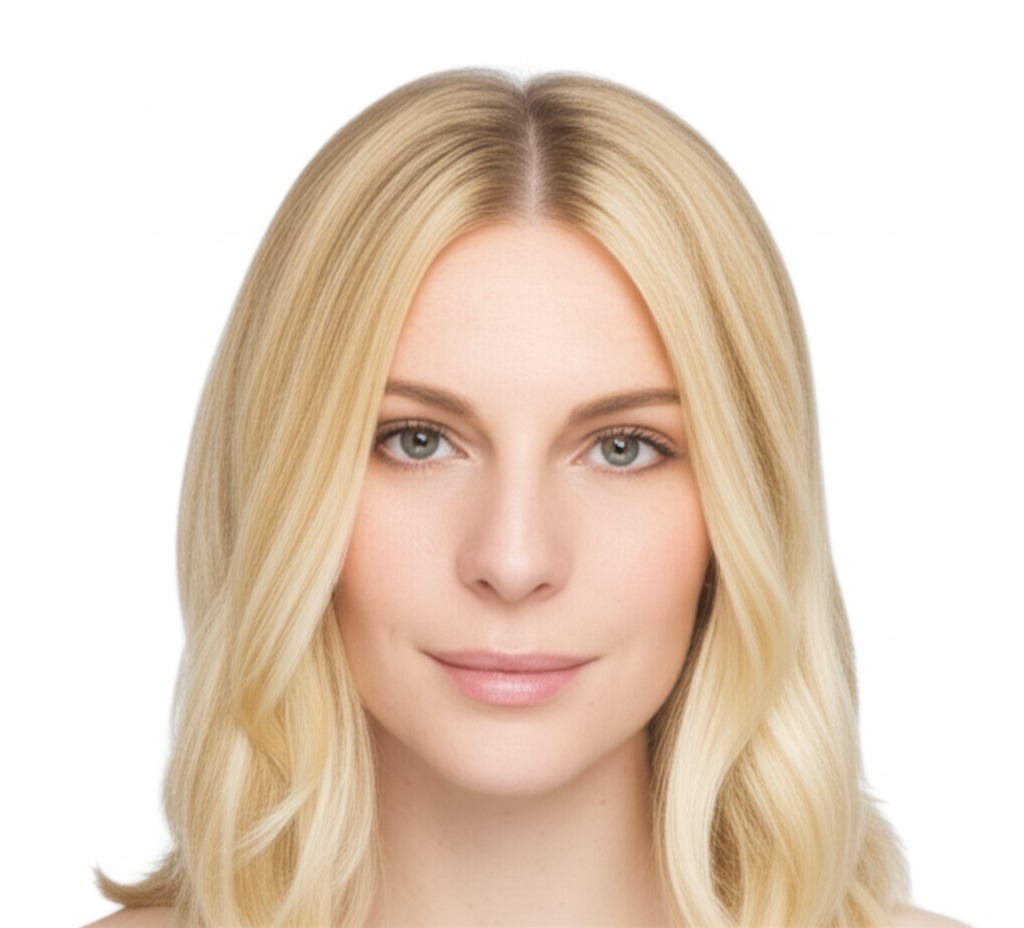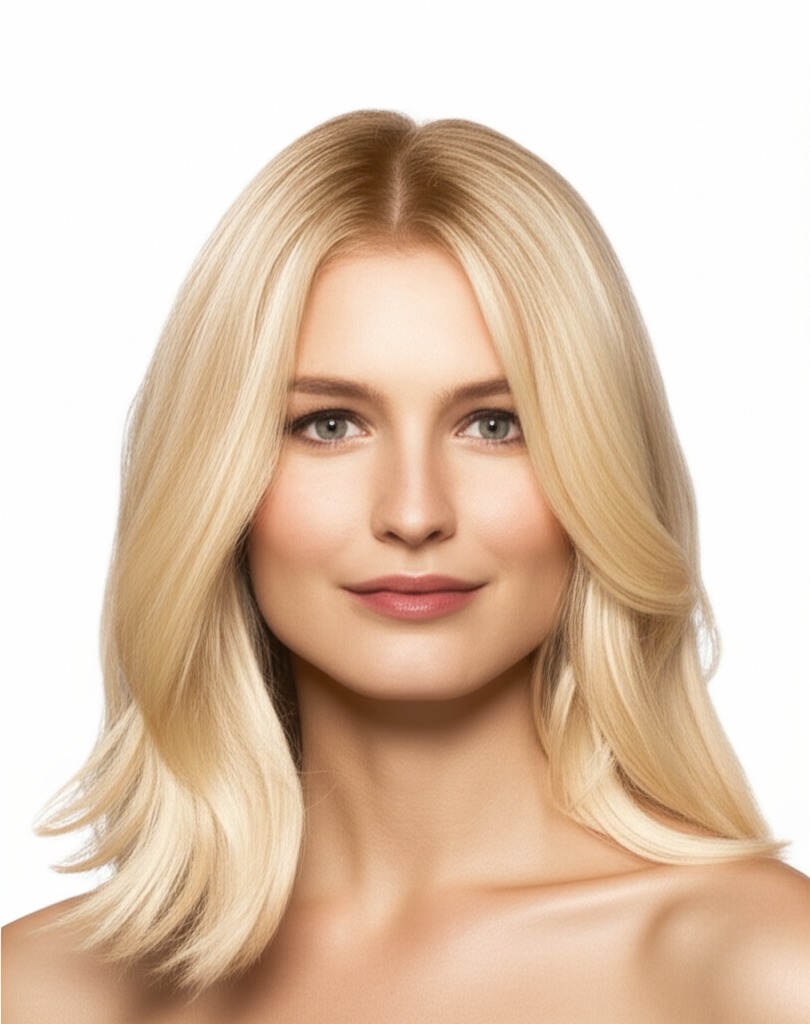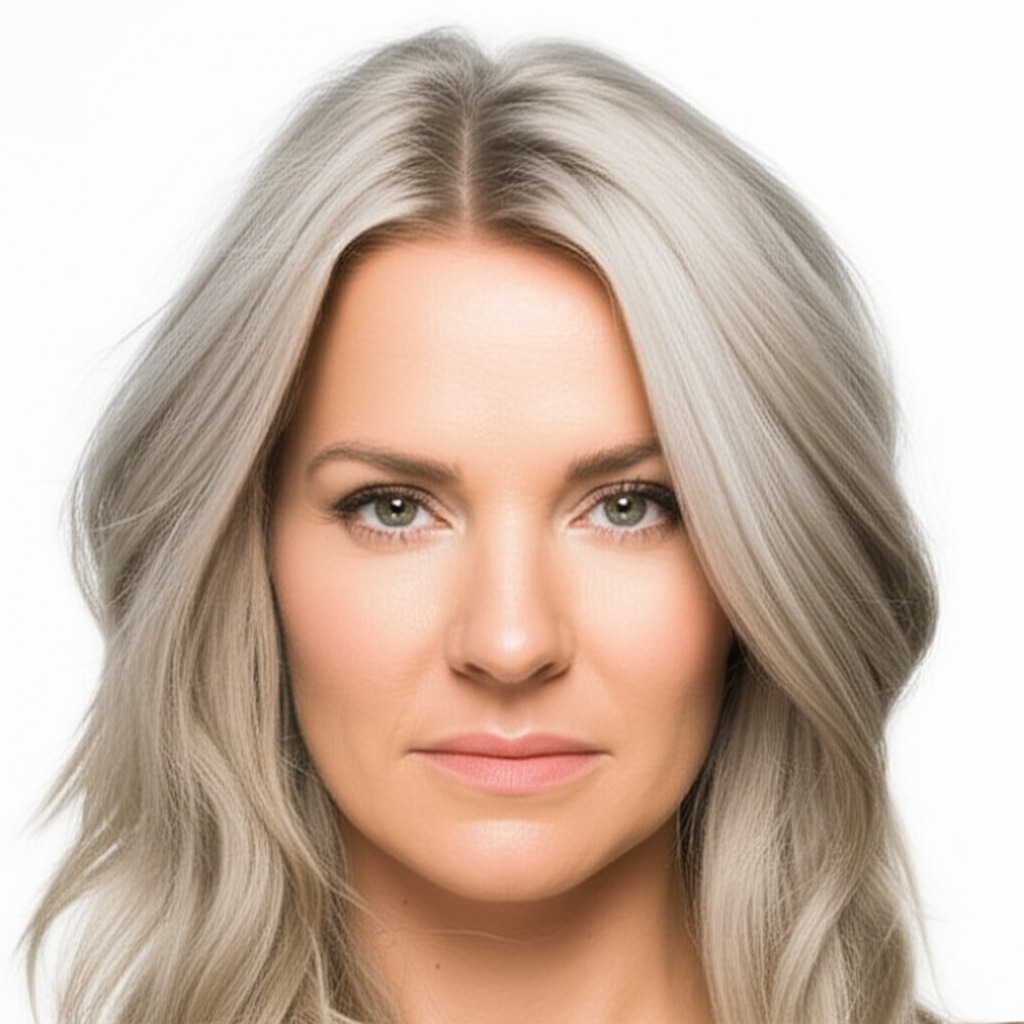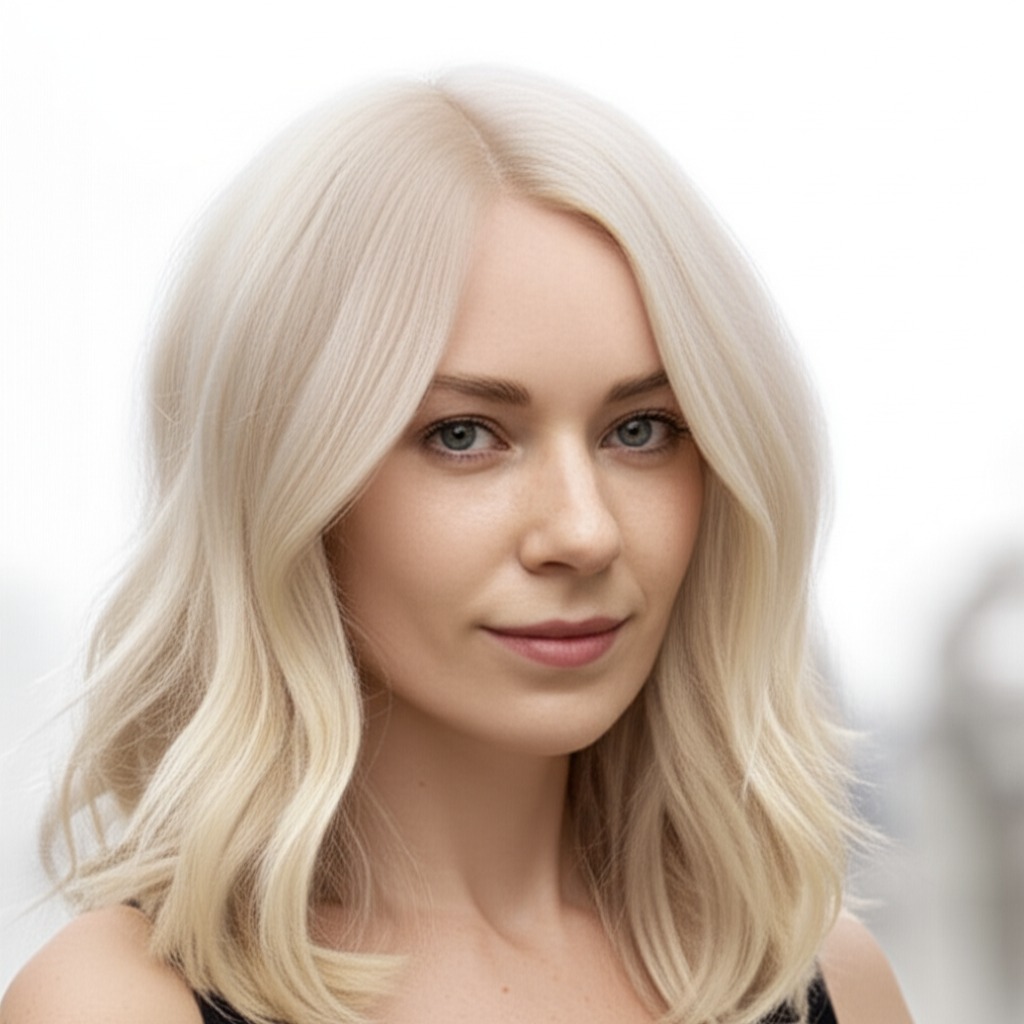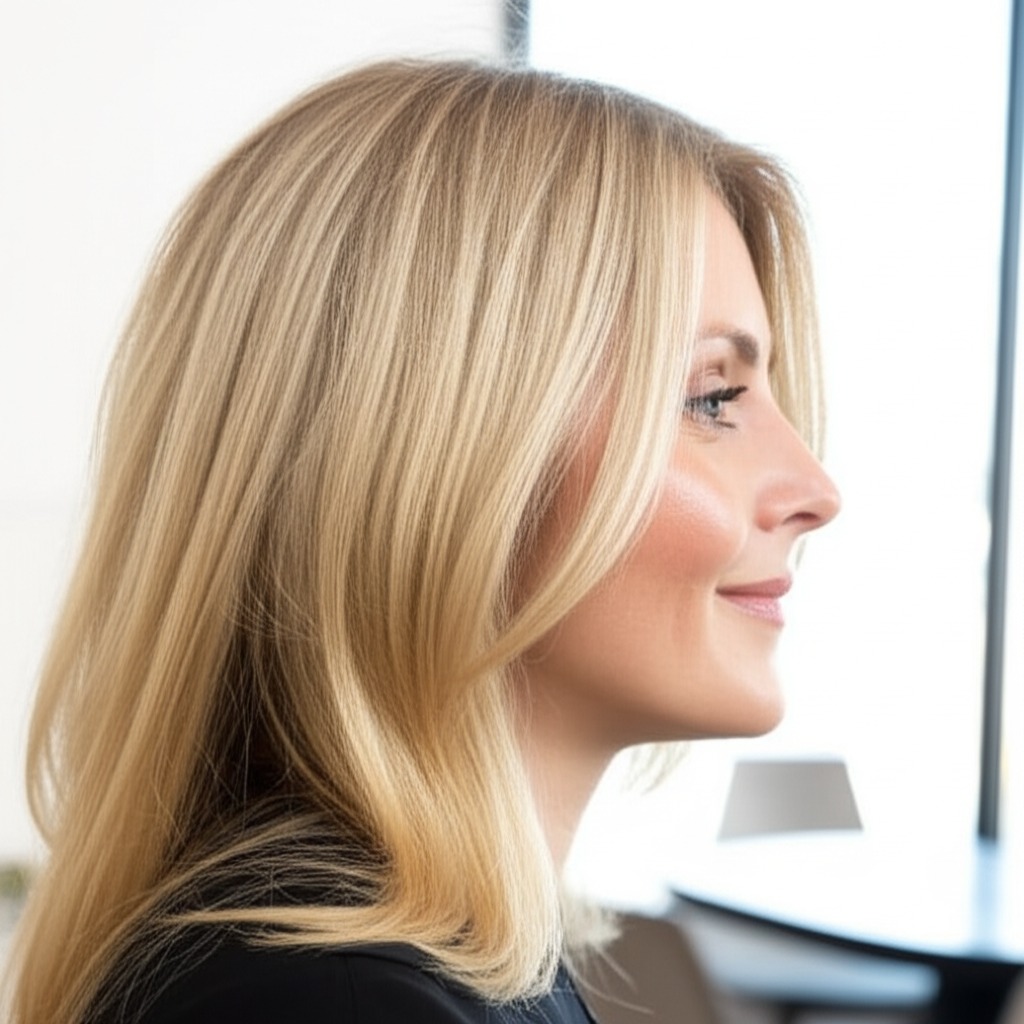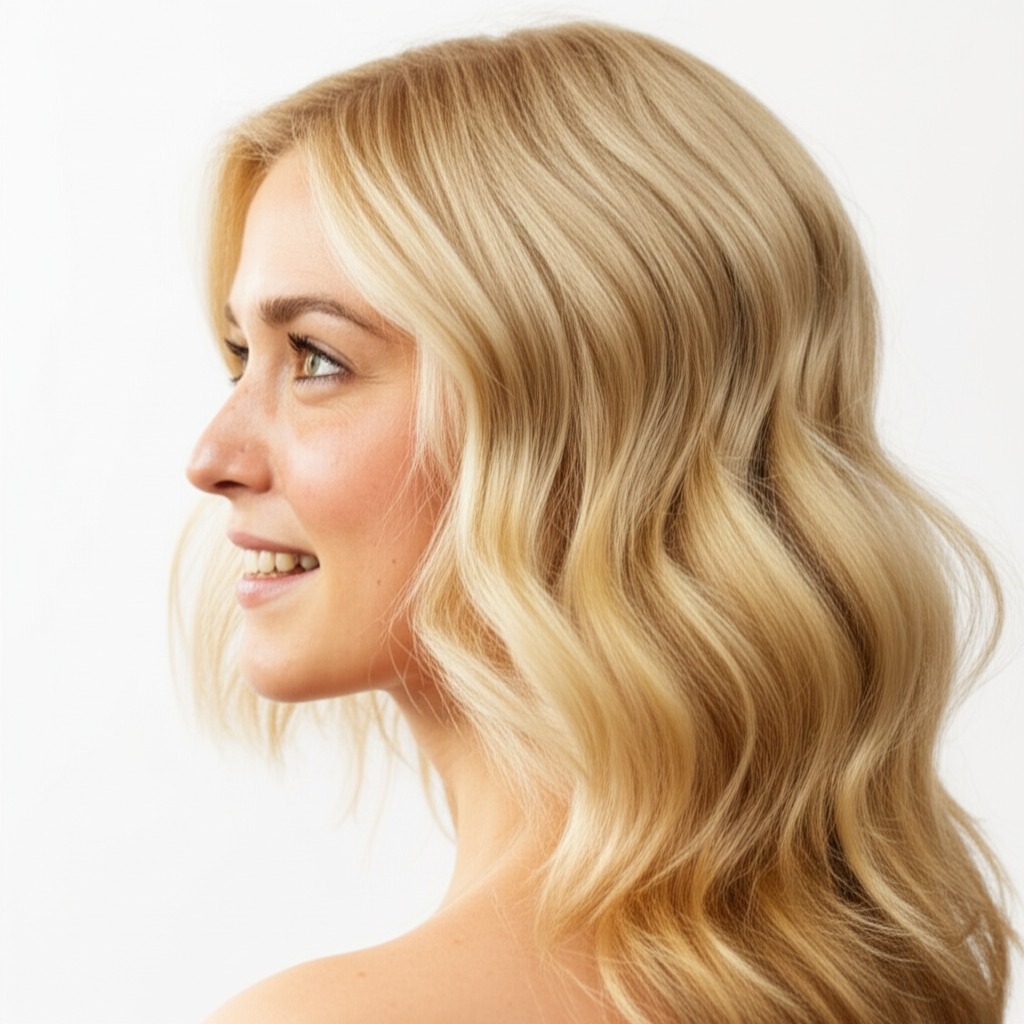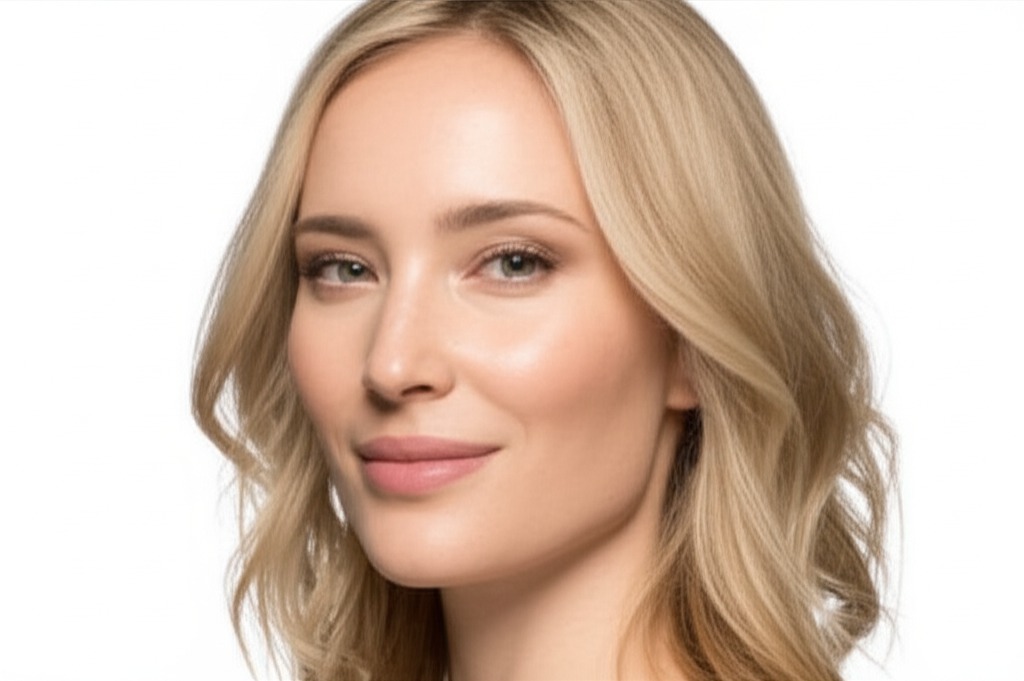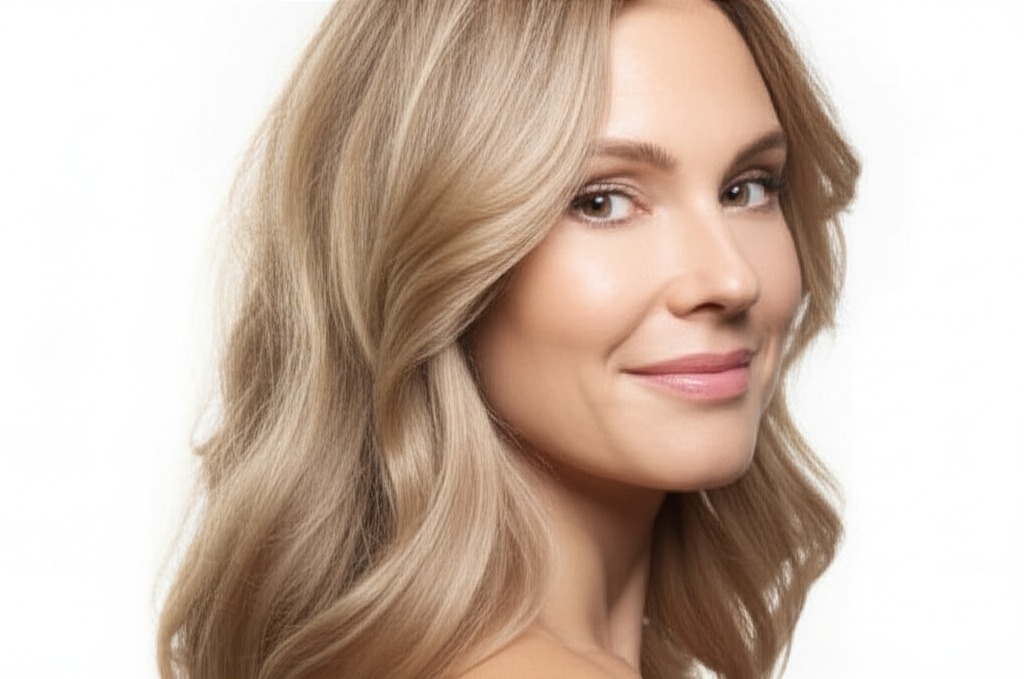#Vanilla Blonde: A Guide to Achieving the Dreamy Shade
Vanilla blonde – it’s a buzzword in beauty right now! But what is it? It's more than just "blonde." This guide will break down everything you need to know about achieving and maintaining this gorgeous, soft shade. We’ll cover everything from finding your perfect vanilla tone to keeping that color vibrant for as long as possible.
#1. Defining Vanilla Blonde: Undertone & Depth
Vanilla blonde isn't a single hue; it's a family of blondes. Think of vanilla ice cream – some are more creamy, others have hints of caramel, and still others might be almost white. The same applies to this color! It’s generally characterized by its softness and warmth, but the specifics vary:
- Undertone: Most vanilla blonde shades lean warm or neutral-warm. This means they possess golden, honeyed tones that complement warmer skin tones beautifully. A cool vanilla blonde is rarer – it would incorporate silvery or beige undertones which are less common in this specific style and require more precision to achieve and maintain.
- Depth (Levels): Hair color levels range from 1 (black) to 10 (lightest blonde). Vanilla blonde typically sits between level 8-10, though the exact level depends on your desired intensity. A level 8 will be a softer, more natural vanilla, while a level 10 is brighter and more striking. The difference in levels can dramatically change how the color looks!
#2. Who Does Vanilla Blonde Flatter?
Finding the right shade of vanilla blonde involves considering your complexion and features:
- Skin Tone & Undertone:
- Warm Skin Tones (yellow or golden undertones): Vanilla blonde is amazing on you! It enhances warmth and creates a radiant glow. Think olive skin, tan complexions, or those who tend to burn easily.
- Neutral Skin Tones: You can often pull off various vanilla tones – experiment with slightly warmer or cooler versions to see what you love best.
- Cool Skin Tones (pink or blue undertones): While less common, a very soft, neutral-warm vanilla blonde can work if executed carefully and balanced by makeup that complements your cool skin tone. Avoid anything too brassy!
- Eye Colors: Vanilla blonde looks stunning with almost any eye color:
- Blue/Green Eyes: The warmth of the blonde will make these eyes pop even more!
- Brown Eyes: Creates a beautiful contrast and highlights their richness.
- Hazel Eyes: The golden tones in vanilla enhance the complexity of hazel eyes.
- Natural Level Starting Point: This is crucial.
- Darker Hair (Levels 1-4): Achieving vanilla blonde requires significant lightening, which takes time and multiple salon visits. Be prepared for a gradual process! It's also more prone to damage without proper care.
- Medium Brown Hair (Levels 5-6): A more achievable journey – still requires lifting but less drastic than starting from darker hair.
- Lighter Brown/Dark Blonde Hair (Levels 7-9): The easiest transition! You're already closer to the desired level, so the process will be quicker and gentler.
#3. Technique Options: Finding Your Vanilla Style
How your stylist applies the color makes a huge difference in the final look:
- Single Process: A full, even application of color. Best for those starting at a lighter base or wanting a solid block of vanilla (less common).
- Highlights/Lowlights: Adds dimension and movement with strategically placed lighter or darker strands. Can be used to create subtle highlights within the overall vanilla blonde look.
- Babylights: Very fine, delicate highlights that mimic natural sun-kissed hair. Creates a soft, blended effect – perfect for a more natural vanilla vibe.
- Gloss/Toner: Essential for refining the tone and adding shine after lightening. This is where you dial in the “vanilla” aspect - softening brassiness or enhancing warmth.
- Balayage-Effect vs Solid: Balayage (or a similar freehand painting technique) creates a softer, more natural grow-out with blended roots. A solid application looks more uniform and requires more frequent touch-ups.
#4. Maintenance & Longevity: The Real Talk
Vanilla blonde isn't low maintenance! Here’s what to expect:
- Wash Frequency: Less is more! Aim for 2-3 washes per week using color-safe shampoo.
- Toner Refresh: Every 4-8 weeks, depending on how quickly your tone shifts (usually due to mineral deposits in water or sun exposure).
- Root Growth Pacing: If you’ve gone significantly lighter than your natural base, root touch-ups will be necessary every 6-12 weeks. Balayage/root smudging techniques can extend the time between appointments.
- Budget & Time Planning: This is a significant investment! Expect to spend $200-$500+ per salon visit for initial color and $100-$300+ for root touch-ups or toners. The overall process, especially from darker hair, can take several hours spread across multiple appointments.
#5. Seasonality & Pairing with Cuts: Style It Out!
- Seasonal Tweaks:
- Spring/Summer: Lean into brighter, warmer vanilla tones for a sun-kissed look.
- Fall/Winter: Soften the blonde with more muted, creamy undertones and consider adding subtle cool highlights to reflect the cooler months.
- Haircuts that Complement Vanilla Blonde:
- Bob & Lob: The sharp lines of these cuts showcase the brightness and dimension of vanilla blonde beautifully.
- Long Layers: Adds movement and flow – perfect for a softer, more romantic vibe.
- Pixie Cut: A bold choice! Vanilla blonde can look incredibly chic with a pixie cut, but requires confidence and precise styling.
#6. At-Home Care: Protecting Your Investment
- Sulfate-Free Shampoo & Conditioner: Sulfates strip color – avoid them at all costs!
- Clarifying Cadence: Use a clarifying shampoo occasionally (once every month or two) to remove buildup, but don't overdo it.
- Heat Protection: A MUST! Apply heat protectant spray before using any hot styling tools.
- Color-Safe Styling Tips: Minimize heat styling whenever possible. Air drying is your friend! Use color-safe hair accessories (avoid those that can snag and break strands).
- Product Checklist: Color-safe shampoo, conditioner, deep conditioning mask, leave-in conditioner, heat protectant spray, purple/blue toning drops (for brassiness).
#7. Common Pitfalls & How to Avoid Them
- Brassiness: The enemy of vanilla blonde! Use a purple or blue shampoo/mask weekly to neutralize yellow tones.
- Banding: Uneven color caused by improper application. Requires a skilled stylist and careful processing times.
- Patchiness: Uneven lightening, often due to uneven hair porosity. A good stylist will assess your hair’s condition beforehand and adjust the process accordingly.
#8. Pros & Cons: The Bottom Line
Pros: Radiant, flattering on many skin tones, versatile styling options. Cons: High maintenance, potential for damage (especially from lightening), significant financial investment.
#9. Salon Consultation Script: Setting Expectations
Before you commit to vanilla blonde, have an honest conversation with your stylist! Here are some prompts:
- "I'm interested in achieving a vanilla blonde look – can you show me examples of different shades and techniques?"
- "What is my natural level, and how many sessions will it take to achieve the desired result?"
- "What’s involved in maintaining this color, including toning frequency and root touch-ups?"
- "Can we discuss strategies for minimizing damage during the lightening process?"
- “How can we best manage brassiness at home?”
#10. FAQs: Your Burning Questions Answered
- Is vanilla blonde damaging to my hair? Lightening always causes some degree of damage. A skilled stylist will use techniques and products to minimize it, but be prepared for extra conditioning treatments.
- Can I achieve this at home? It's possible if you’re starting from a lighter base (levels 7-9). However, achieving the desired result from darker hair is best left to professionals.
- How long does vanilla blonde last? The color itself will fade gradually over several weeks or months. The tone (warmth/coolness) can shift much faster.
- What if my hair turns orange instead of blonde? This indicates the underlying pigment isn’t being lifted properly. A toner is crucial to correct this.
- Can I use a purple shampoo every wash? No! Overuse can lead to dull, ashy tones. Use it sparingly – once or twice a week.
- What's the difference between vanilla blonde and honey blonde? Vanilla tends to be softer and creamier with less intense golden highlights than honey blonde, which is often more saturated in yellow-gold tones.
Achieving vanilla blonde can transform your look! By understanding the nuances of this shade and committing to proper care, you’ll enjoy a beautiful, radiant result for months to come.
